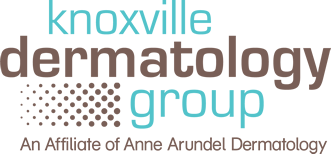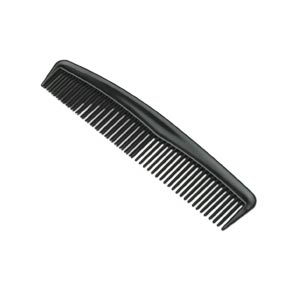
Summertime is officially here, which means Summer camps are back in session. Below are some common children’s Skin Conditions that may arise during the Summer.
Hives
Hives are red raised bumps or welts on the skin that are moderately to extremely itchy. They can appear anywhere on the body and can range in size. Several factors could cause hives. Foods like nuts, peanuts, fish, shellfish, eggs, and milk are the most common. Medications such as penicillin, aspirin, and ibuprofen, vitamins, eye and eardrops, laxatives or other non-prescription items can also cause hives. If your child is exposed to dust, animals or molds, specific detergents, fabric softeners or hair sprays, they could all be responsible. In addition, some affected children develop hives during exercise.
To treat hives, it is best to avoid any of the provoking factors listed above when possible. Antihistamines are especially effective in certain cases. If the hives do not respond to medicine, there are several topical treatments that can help. Your dermatologist will recommend the best course of action to reduce hive flareup quickly.
Head lice
Lice are a common problem for children. Although they are not dangerous, they are contagious, annoying and sometimes difficult to get rid of. It’s best to treat head lice as quickly as possible once they are found because of these reasons.
Even though lice are very small, they can be seen by the naked eye. Lice eggs resemble dandruff before they hatch. Lice eggs hatch within 1-2 weeks after they’re laid. The adult louse is as small as a sesame seed and will be gray or tan.
Your child may start to complain about itching or comment that something is “moving around” on their head. If these symptoms are present, make an appointment with your doctor. They will most likely recommend a medicated shampoo, cream rinse or lotion to kill the lice.
To prevent reinfestation, wash all bed linens and clothing that has been worn in the previous days. Vacuum carpets and upholstered furniture, and soak hair-care items (brushes, combs, hairbands) or throw them away.
MRSA
Methicillin-resistant Staphylococcus aureus, also known as MRSA, is a type of staph bacteria. Groups of kids who spend a lot of time together in close quarters (schools and camps) are at risk. It can spread through direct contact with infected skin or by sharing personal items like towels or clothing.
MRSA infections often develop around open sores, scrapes or bites. Red, painful bumps appear and some children experience a fever. In extreme cases, the infection can spread to the blood, lungs, bones or other parts of the body. Depending on the seriousness of the infection, your dermatologist may prescribe antibiotics or remove a skin abscess.
To prevent MRSA infections, there are several simple steps that you and your child can take. Washing hands for at least 20 seconds, keeping cuts and broken skin clean and covered with a bandage, avoiding sharing towels, uniforms, and athletic equipment or other items that come into contact with bare skin.
For more information on children’s skin conditions, contact your dermatologist.



